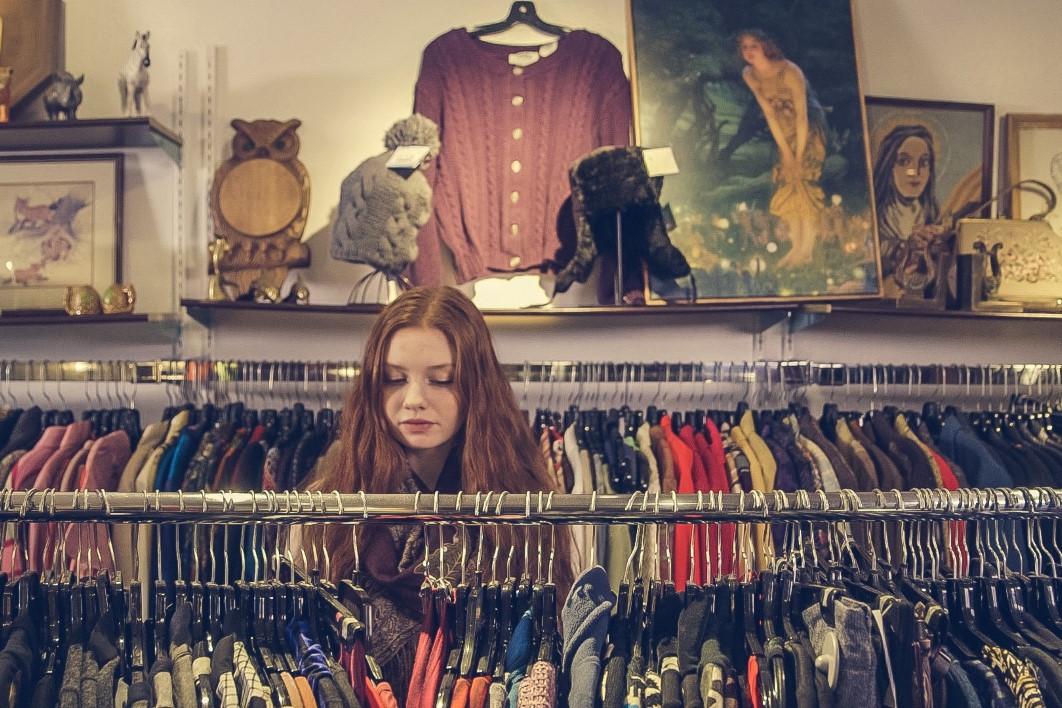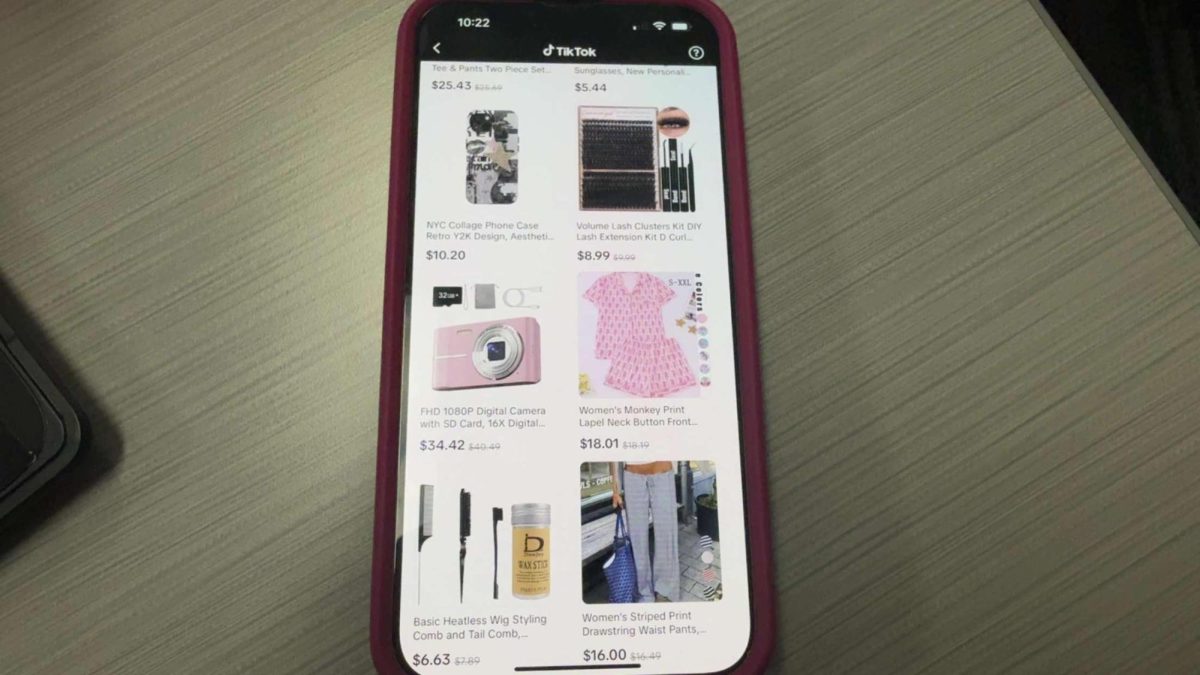With mounting concerns about consumerism, the sustainability of clothing production, and the continual worry of money it can feel impossible to shop properly while building your dream wardrobe—especially as a teenager.
Because clothing creation impacts many of the Earth’s natural resources—Columbia Climate School explained that “Fashion is responsible for 10 percent of human-caused greenhouse gas emissions and 20 percent of global wastewater, and uses more energy than the aviation and shipping sectors combined” on their news site, State of the Planet—it is important to be mindful when purchasing clothing.
However, shopping can still be simple when you’re trying to buy “correctly”; if you aim to craft a closet that you love every piece of and protect the planet, awareness is the solution.
There are three key aspects that you should consider before buying a clothing item: know what you have, know your style, and don’t hyperfocus on price. Regardless of where you shop, knowing what you like and sticking to those preferences can prevent you from purchasing clothes that will hang in the closet with the tags still on.
Know what you have
 Before shopping for new, you should account for the old. Social media promotes microtrends that encourage people to disregard the clothing they already have; making a conscious effort to look at what you have will help on two fronts: it will prevent you from buying equivalent items, but it will also force you to think about how you can style that item. If you have to buy more clothes just to complement one new piece, it’s not worth it. On the other hand, purchasing similar items will not expand your wardrobe; any outfit it can be styled with could easily swap it for the original item.
Before shopping for new, you should account for the old. Social media promotes microtrends that encourage people to disregard the clothing they already have; making a conscious effort to look at what you have will help on two fronts: it will prevent you from buying equivalent items, but it will also force you to think about how you can style that item. If you have to buy more clothes just to complement one new piece, it’s not worth it. On the other hand, purchasing similar items will not expand your wardrobe; any outfit it can be styled with could easily swap it for the original item.

Know your style
Knowing your style requires you to look at clothes thoughtfully: resist the temptation to purchase them just because they caught your eye. To succeed in this stage, consider the cut, color, and fit of your most worn clothing pieces. You should put it back if the potential purchase clashes with any of these preferences. For example, if you hate how you look in green, you shouldn’t buy a green shirt just because it fits well—the color will deter you from wearing it, no matter how much you love the fit. In a broader sense, you should acknowledge aesthetics during this step, if that’s something you care about; if you wish to maintain a set aesthetic, don’t buy a piece that doesn’t align with that vibe. Similarly to the green shirt, you will rarely reach for it.

Don’t hyperfocus on the price
Approaching shopping with a focus on money is not a harmful approach—especially when your concern is cost—but when you want to love all the clothing you own, getting caught up in cost can actually distract from this goal. This aspect is relevant when you are considering multiple options and want to limit yourself to one; your instinct may be to pick the cheaper option, but if you like the expensive one more—and have the ability to purchase it—don’t let the price comparison stop you from picking it. This consideration can also prevent you from falling victim to sales. While they can help you save, they can also encourage you to buy something you normally wouldn’t because not doing so makes you feel like you’re missing out. However, you should still address the item with the same critical eye you would use on a normal-priced piece to ensure the allure is the item itself, not the good deal.
Preventing yourself from being swept up in trends and marketing by shopping intelligently is key to building a collection of clothing you will actively wear—doing so is a benefit to yourself and the world around you.









